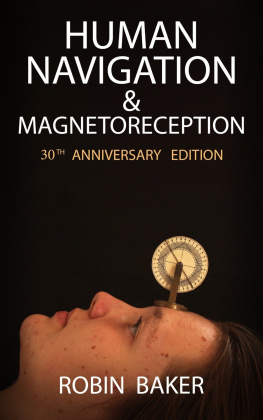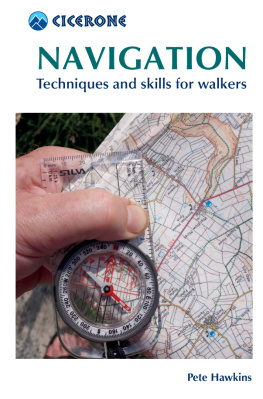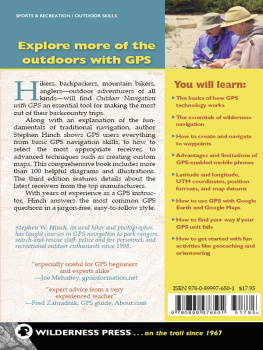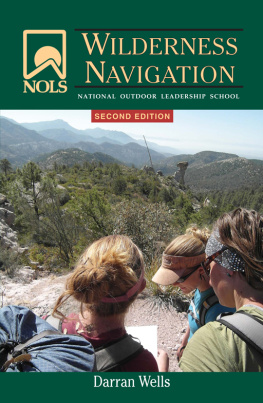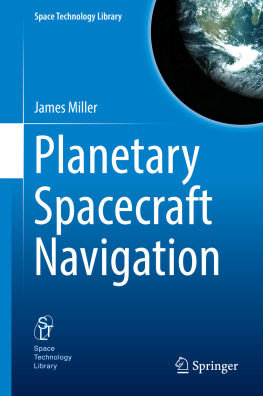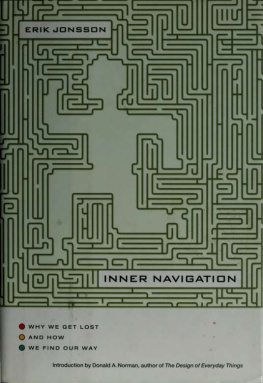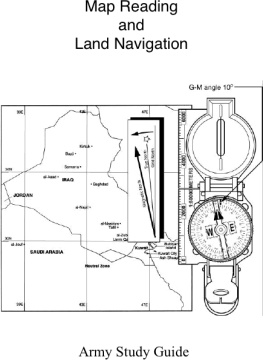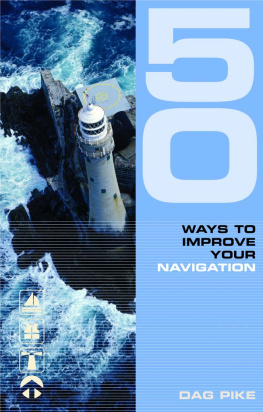Robin Baker - Human Navigation and Magnetoreception
Here you can read online Robin Baker - Human Navigation and Magnetoreception full text of the book (entire story) in english for free. Download pdf and epub, get meaning, cover and reviews about this ebook. year: 2017, publisher: Hard Nut Books Ltd, genre: Romance novel. Description of the work, (preface) as well as reviews are available. Best literature library LitArk.com created for fans of good reading and offers a wide selection of genres:
Romance novel
Science fiction
Adventure
Detective
Science
History
Home and family
Prose
Art
Politics
Computer
Non-fiction
Religion
Business
Children
Humor
Choose a favorite category and find really read worthwhile books. Enjoy immersion in the world of imagination, feel the emotions of the characters or learn something new for yourself, make an fascinating discovery.
- Book:Human Navigation and Magnetoreception
- Author:
- Publisher:Hard Nut Books Ltd
- Genre:
- Year:2017
- Rating:4 / 5
- Favourites:Add to favourites
- Your mark:
Human Navigation and Magnetoreception: summary, description and annotation
We offer to read an annotation, description, summary or preface (depends on what the author of the book "Human Navigation and Magnetoreception" wrote himself). If you haven't found the necessary information about the book — write in the comments, we will try to find it.
Like all mammals, early humans needed to find their way from place to place without becoming lost. For many, the penalty for poor navigation was death. Yet through most of humankinds evolutionary history the only map was in the head and the only compasses in the world around. These were provided by the sun, moon and stars and something else. In 1980, research at Manchester University, England, led to the claim in the journal Science that during natural navigation humans can use an innate subconscious sense of magnetism. The claim was novel to some scientists unjustified and in the years that followed triggered intense and often bitter argument as experiments were criticized, improved, repeated and extended.
Even thirty years after first publication, Human Navigation and Magneto reception remains the most complete book ever written on the subject of the human magnetic sense. It describes over a decade of research by not only the author and his team at Manchester but also by his various critics and others around the world. Although the experiments began on small groups of British students, the studies eventually extended to include many ages and nationalities, including specialist groups such as orienteers, nudists, trans-equatorial travelers, dyslexics and the blind. By the time the Manchester and other studies ended, thousands of people worldwide had taken part. Other mammals horses and mice had also been studied and the results for all were exciting. They were also controversial, and the arguments they triggered vitriolic.
Aimed primarily but not only at scientists, the book presents detailed experimental evidence in support of its conclusions. It demonstrates how the magnetic sense is used alongside sun and star compasses in natural explorations. It also demonstrates a close link between magneto reception and sight and makes inferences for the nature of the magnetic sensor itself. Within the books pages, all of the major points of scientific contention are discussed openly and objectively. The result is a fascinating account of not only a little-researched human sense but also of the hurdles that some new ideas have to clear before they can be accepted.
Robin Baker: author's other books
Who wrote Human Navigation and Magnetoreception? Find out the surname, the name of the author of the book and a list of all author's works by series.

